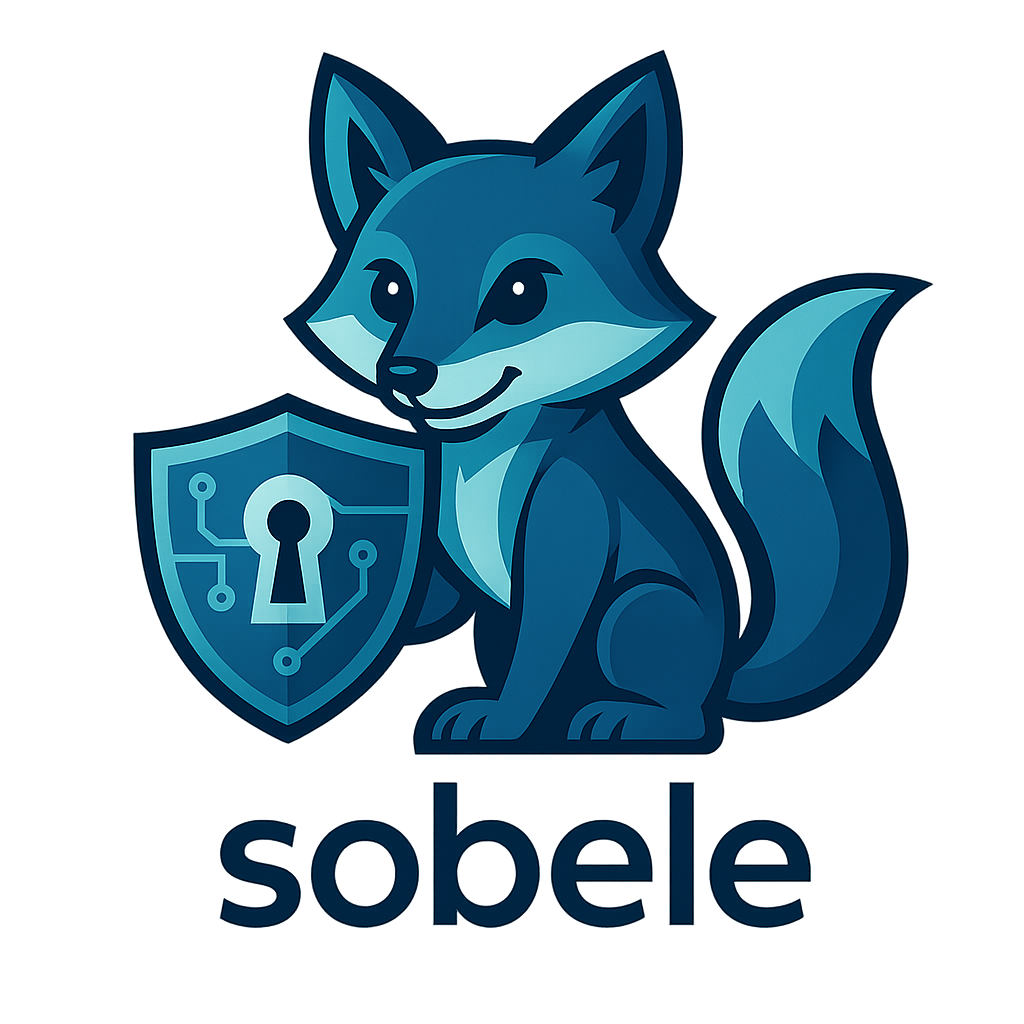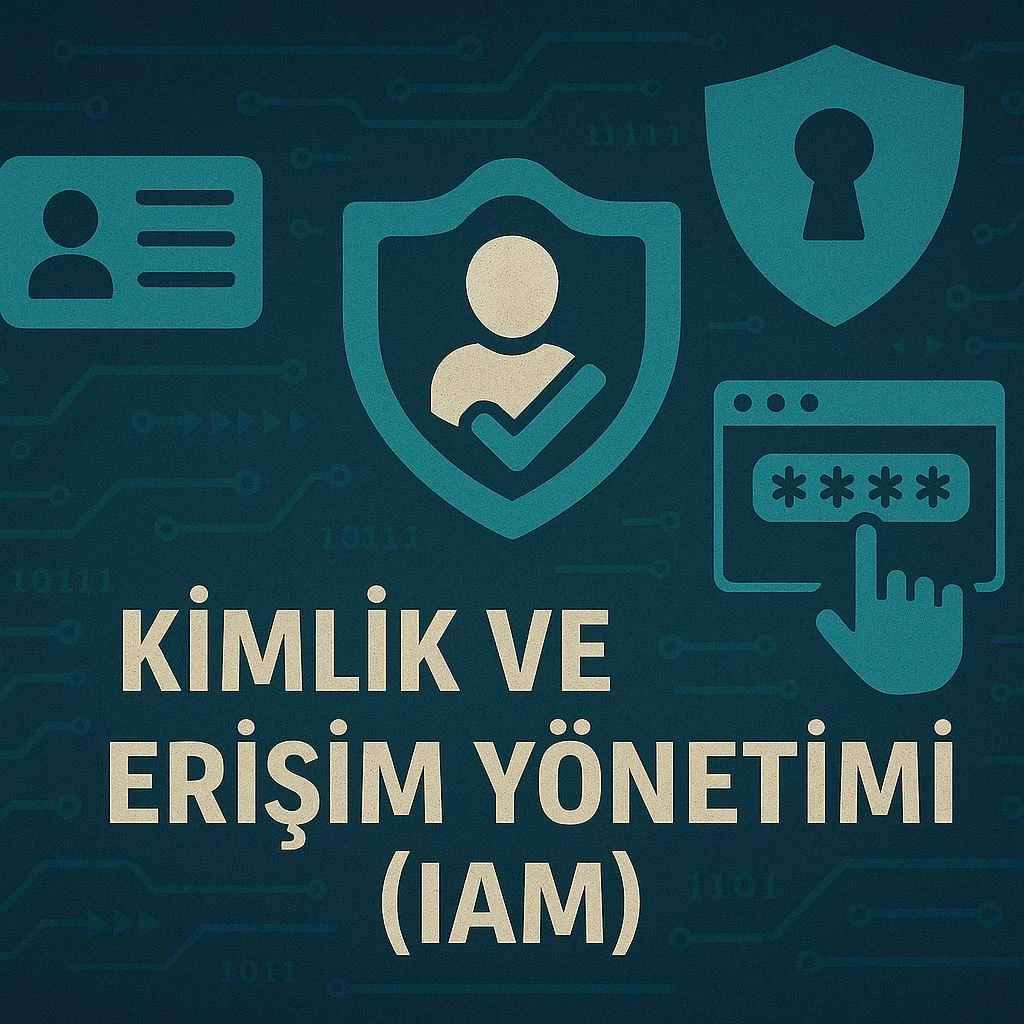Identity and Access Management
The right person accessing the right resource, at the right time, in the right way — this is the foundation of modern cybersecurity. Sobele's Identity and Access Management (IAM) services make your organization's access processes secure, organized, and auditable.
What Does Sobele IAM Service Offer?
- Identity Management: Enables centralized management of employee, customer, and third-party user identities. Automates user lifecycle (adding, modifying, deleting) processes.
- Access Management: Precisely determines and implements who can access which systems with what permissions. Puts the least privilege principle into practice.
- Single Sign-On (SSO) Integration: Provides secure access to all systems with one-time authentication while reducing management costs.
- Multi-Factor Authentication (MFA): Strengthens user accounts with extra protection layers, minimizes phishing and account takeover risks.
- Privileged Access Management (PAM): Establishes advanced audit, monitoring, and control mechanisms for administrator accounts and accounts with critical privileges.
- Compliance and Auditing: Develops and implements identity and access policies compliant with KVKK, GDPR, ISO 27001, and similar regulations.
Why IAM with Sobele?
- Security-Based Approach: With years of cybersecurity experience, we produce not just technical but strategic solutions.
- Scalability: Whether 50 or 50,000 users — we offer flexible solutions for organizations of any size.
- Sustainable Management: We provide not only installation but also ongoing maintenance, optimization, and training support.
- Integrated Security: We seamlessly integrate IAM systems with your existing security infrastructure such as SIEM, SOAR, DLP.
Managing your access security is equivalent to protecting your data assets. Manage the right access in the right way with Sobele.
Common Threats in Identity and Access Management Incorrect design or weak implementation of IAM processes can lead to serious security vulnerabilities. Here are the most common threats:
- Phishing Attacks: Fake emails and websites are used to capture users' credentials.
- Weak Password Policies: Non-complex or repeated passwords make account takeovers easier.
- Privilege Creep: Failure to remove old permissions after employee role changes creates unnecessary risk.
- Unauthorized Access: Malicious individuals can access critical data due to system vulnerabilities or inadequate access controls.
- Insider Threats: Authorized users misusing systems intentionally or accidentally.
- Lack of MFA: Absence of dual authentication mechanisms causes accounts to be protected only by passwords, making them easier to breach.
- Automation Errors: Incorrect configuration of identity and access management processes can create unexpected vulnerabilities.
- Session Hijacking and Token Theft: Stealing and misusing active session information.

